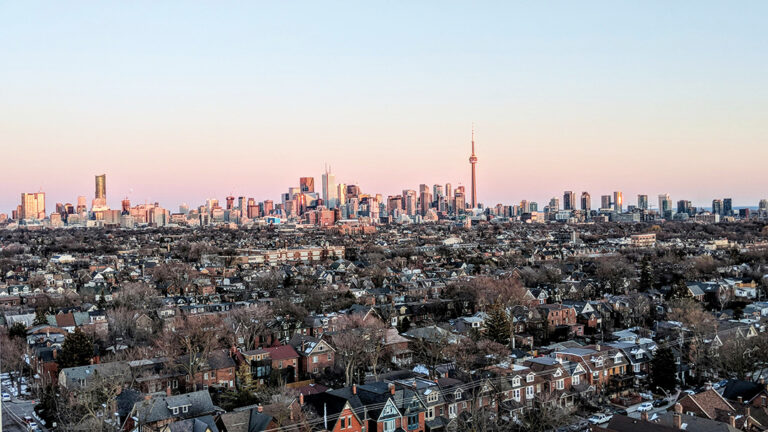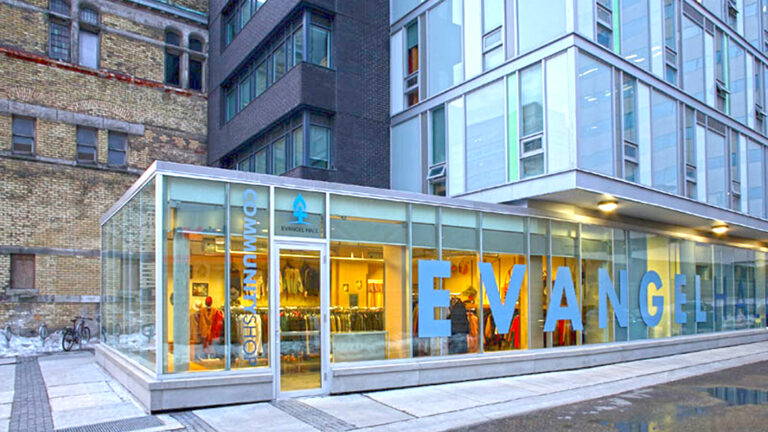For as long as cities have been subject to international competition and entrepreneurial imperatives, the presence of people who are homeless or marginalized is often seen as an irritant and the co-existence of the housed and unhoused is a source of tension. UQÀM professor Michel Parazelli is the editor of a book entitled Itinérance et cohabitation urbaine, which explores these issues.
These days, we often turn to “best practices” to guide our actions in light of the latest research or the results of successful experiments. The response to homelessness is no exception. However, as Michel Parazelli, a professor at the School of Social Work at the Université du Québec à Montréal and a member of the inter-university network, Villes Régions Monde, points out, “practices are only good relative to the objective sought. When you want to expel people, current practices are best practices!”
Parazelli edited Itinérance et cohabitation urbaine — Regards, enjeux et stratégies d’action (Available only in French. Our translation: Homelessness and Urban Coexistence — Insights, Issues and Strategies for Action), which was recently published by Université du Québec Press. The professor and other contributors to the project sought to understand why many people have trouble coexisting alongside unhoused neighbours and what strategies and reasoning underlie current policies, actions and attitudes.
The book is based on two surveys (conducted in Montréal and Quebec City), an analysis of media discourse and a comparative analysis of municipal public policies in six Canadian cities; Montréal, Quebec City, Ottawa, Toronto, Calgary and Vancouver.
The effects of the neoliberal city
“In the early 1990s, markets were liberated. All of a sudden, cities were forced to compete with each other to attract large investors. In the literature, we see that’s what happened in all the major international cities.”
That was a turning point. Intolerance for marginal behaviour or homelessness was on the rise. There was “a progression of expulsion and repression of marginalized people,” the professor notes. However, the revitalization of urban centres with their new status as “entrepreneurial cities” has not been the subject of any real public debate, says Parazelli.
“We don’t seem to attribute any significant cause for that transformation, as if it was taken for granted as a kind of continuous improvement [of the city]. When in fact, it is a very clear political choice to leave room for one class of economic actor who decides that the public space, the downtown core, was to serve as a commercial showcase to attract investment.”
As a result, many people who were already using the public space were perceived as irritants or targets that need to be acted on. A range of strategies were (and are) then aimed at making people in situations of marginality either “invisible” (through expulsion, repulsion, concentration) or “visible” (through dilution, representation, gathering).
Although there are many nuances to be drawn, Parazelli notes, there are two main trends in the way we intervene with people who are homeless: normalization and consideration. The study sought to show the spectrum of attitudes, which can coexist within the same individual.
“Normalization means saying, ‘No one should be on the street. We will defend the right to affordable housing and we will strongly encourage you to leave the streets. [Consideration] is about building trust [with the person who is homeless] and trying to provide them with resources, activities or a place that could enrich their experience in a way that is different from the street, but not ban living on the street.”
Canadian cities outside Québec are more likely to follow the “housing-first” approach, he says. Whereas in Montréal and Québec City, the topic of co-existence is more frequently addressed, in addition to interventions regarding housing.
Something weird
When it comes to homelessness, Parazelli notes that little or no progress is being made and people “feel like they are going around in circles.” This sentiment is not unrelated to the fact that cities “always want to sit on the fence” and accommodate opposing interests or positions.
To further the debate, the professor and his team raised the issue of the participation of people in marginalized situations (unhoused, living with drug addiction, sex workers, street youth). “There is something weird here. If the main stakeholders are continually absent from the debate, we can only go around in circles.”
The participation of marginalized people in decisions that affect them, Parazelli notes, is stymied by prejudice. “There are many people — even elected officials and social workers— who feel that when you have a mental-health problem, that you are homeless, that you are cognitively incompetent. So you can’t think for yourself. You absolutely have to be protected like a child, you have to be taken care of.”
While mental-health problems certainly exist among unhoused individuals, that shouldn’t be a barrier to their participation, he argues. “What I often say is, ‘who doesn’t?’ In ordinary society, we have a lot of mental-health problems! So that’s not a reason to stop soliciting their point of view and stop involving people in obtaining some power over their lives.”
The participation of people who are homeless or marginalized—as long as they are truly given a place, in processes they can trust—would also enrich their life experience and be part of a process of healing and getting off the street, says Parazelli.
But even with greater involvement, a bigger obstacle remains. “If the issue of intercity competition is indeed a major political force that obliges cities to use public spaces as a commercial showcase in downtown areas, if that takes precedence over the human relationship we have with people who are left on the side of the road, well, there’s a problem.”



